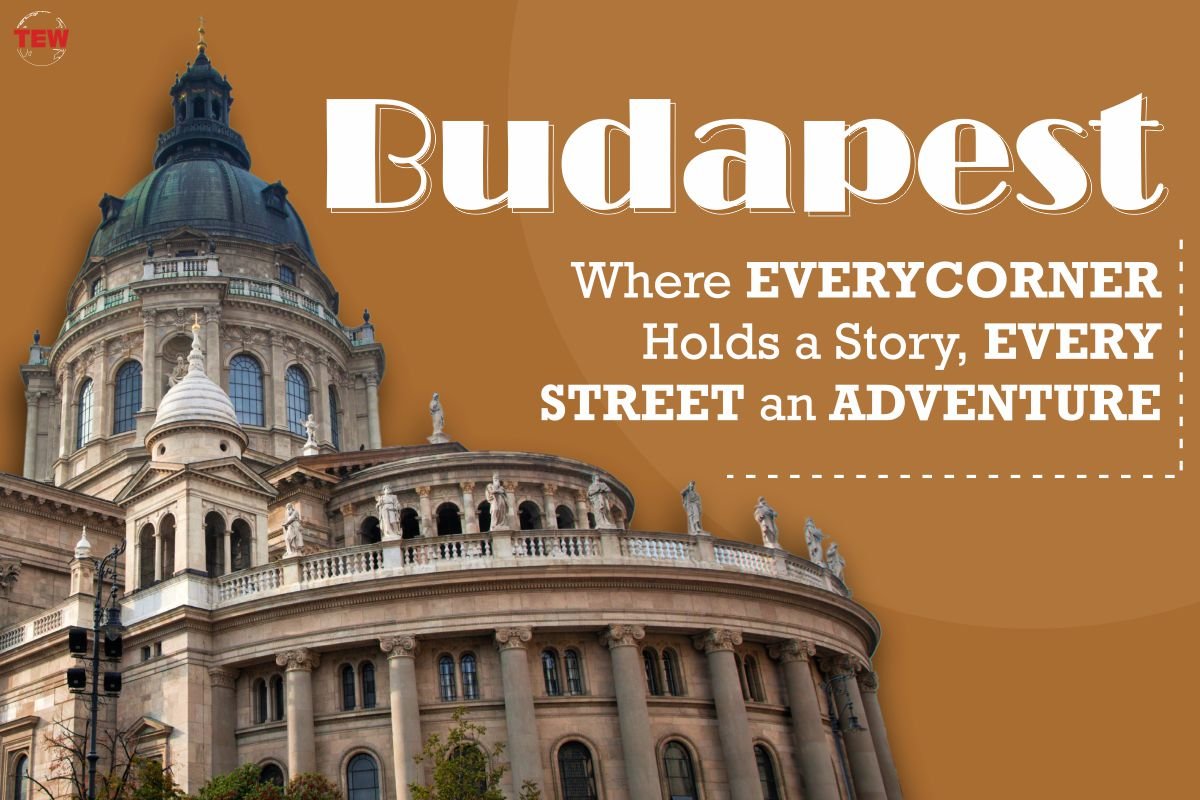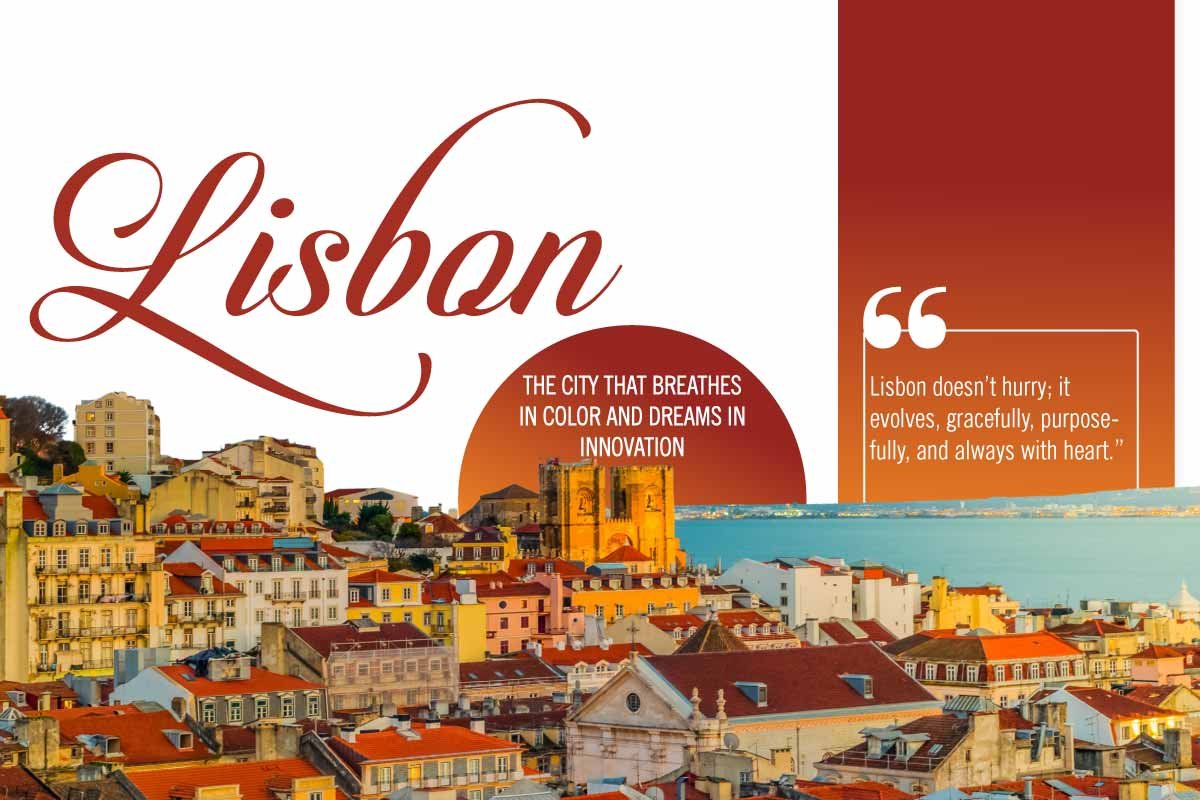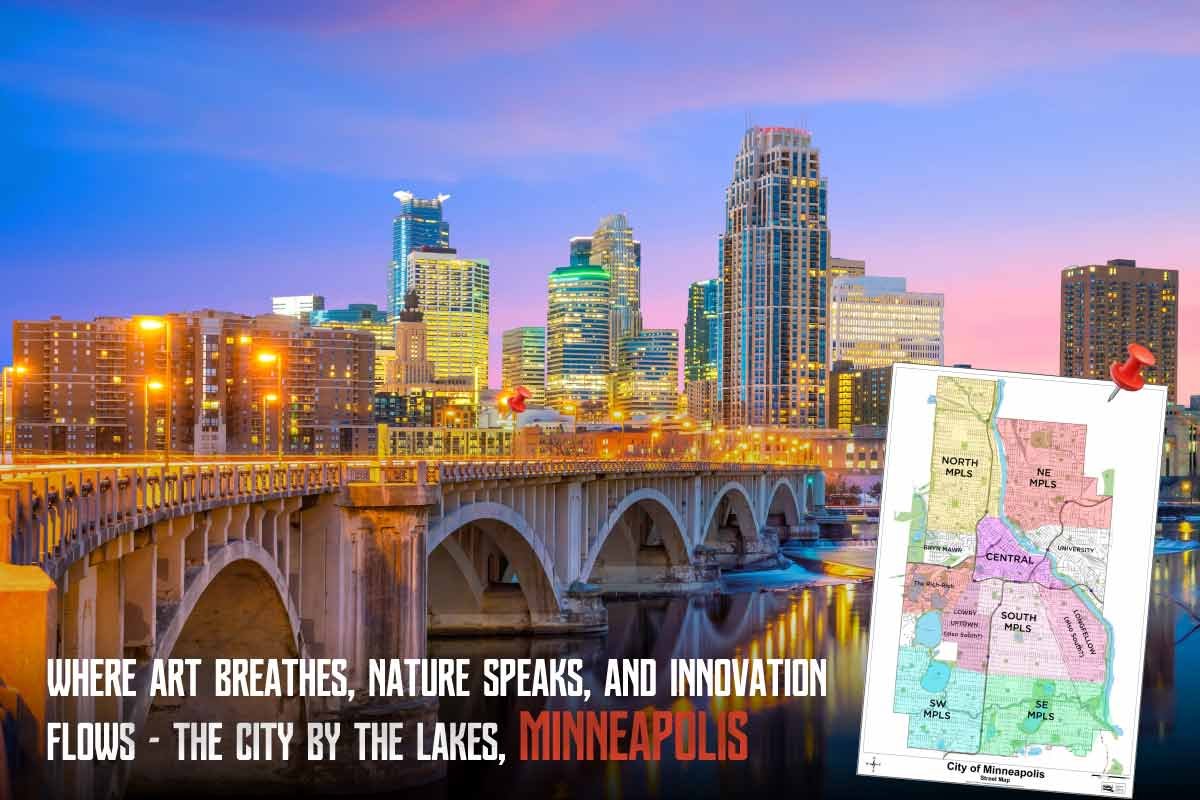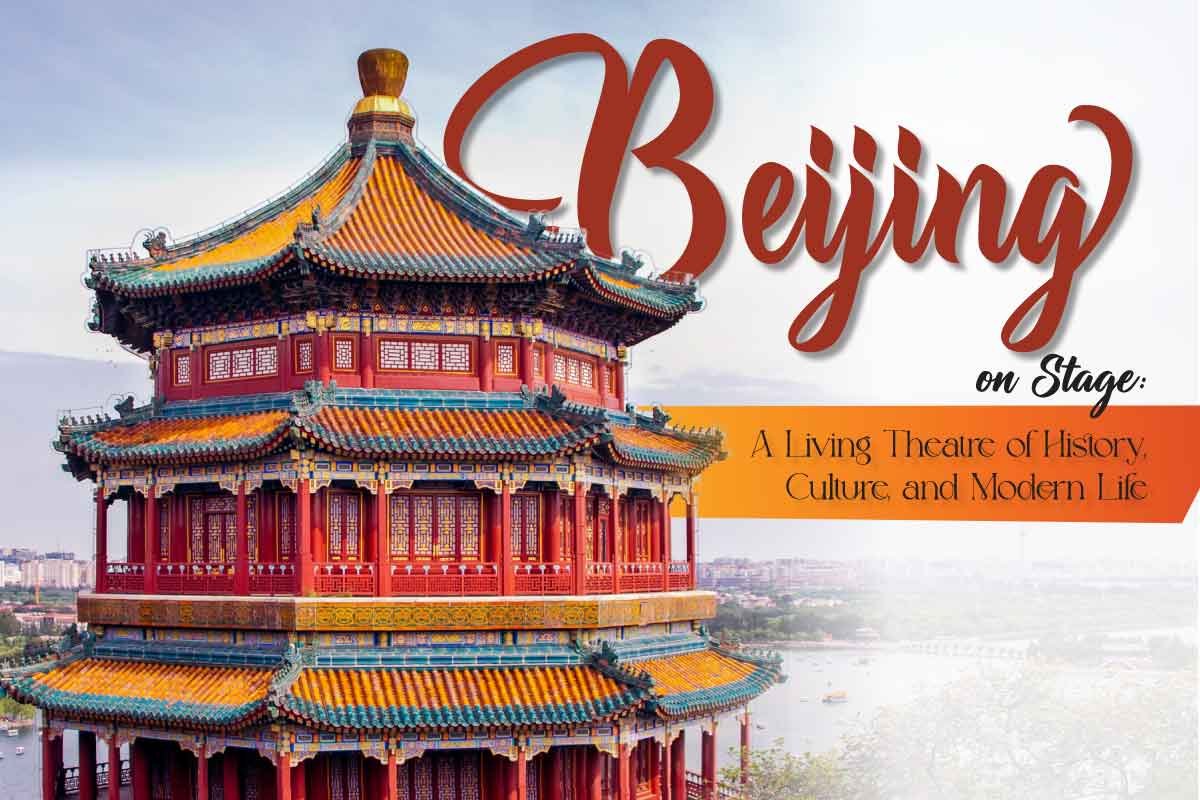Source-Canva
Did you know Budapest is home to one of the world’s oldest metro systems? After London, Budapest Metro is the second oldest underground railway in the world. It is widely known for its stunning architecture, vibrant nightlife, and rich cultural heritage. But this is not all about it. From the majestic Hungarian parliament building to the lively ruin bars, there’s an endless array of experiences to be discovered in this city.
Join us on a journey where we will learn about the rich and fascinating history of the city, its cultural heritage, some of its interesting facts, and a brief guide on how to explore the city.
Climate and Best Time To Visit
Budapest experiences a humid continental climate. Summers are hot, often reaching high temperatures, while winters are cold and dry, though they tend to be relatively short.
- In winter, the average temperature is between 34°F – 40°F, but it can get low as -14°F.
- In summer, the average temperature is 69°F, but the city suffers from several heat waves with highs of over 86°F.
The best time to visit the city is May or September. You will be able to walk around in short sleeves at that time and need warm jackets at night. .
Rich and Fascinating History

The earliest evidence of habitation in Budapest dates back to the Stone Age. In the late 9th century, Hungarians arrived and established Buda and Pest, with Buda becoming the royal residence in the 13th century.
In 1541, the Ottoman Empire took over Buda and ruled nearly for 150 years. In 1686, Habsburg, a powerful European Dynasty bore control over Buda. It came to life in 1873 when the three historically rich towns of Buda, Óbuda, and Pest combined to form the city of Budapest.
World War II caused heavy destruction, resulting in extensive damage and loss of life. Many buildings, including the bridges over the Danube River, were destroyed. After the war, the city was under the control of the Soviets until the end of communism in 1989. The city became part of the Eastern Bloc, under the group of communist states under Soviet dominance.
The 1956 Hungarian Revolution was a key moment of resistance against the communist regime. In October 1956, the Soviet-imposed policies and the communist government began in Budapest. The Hungarian Revolution saw mass protests, armed resistance, and a temporary overthrow of the government. The revolution led to thousands of deaths and remains a significant symbol of the struggle for freedom and resistance against oppression in Hungarian history.
Cultural Heritage
Budapest, the capital of Hungary, is popular among tourists and visitors. In 2019, it was awarded as one of the finest destinations in Europe. The city offers multiple cultural and wonderful views to visitors. Whichever side you choose, one thing is for sure: a fantastic panorama opens before your eyes from the banks of the Danube. It was the first to be listed in the World Heritage Site, followed by the Buda Castle District and the historic surroundings of Andrássy Avenue.
On both sides of the Danube River, there are fantastic masterpieces of architecture, such as the parliament, the headquarters of the Hungarian Academy, the Gresham Palace, and the Vigado building in the Pest.
Another masterpiece, Andrássy Avenue was added to the UNESCO World Heritage List due to its stunning buildings along the roadside. These include – the Opera House, the Neo-Renaissance Academy of Music, the Art Nouveau Fashion Hall, Heroes’ Square, the Museum of Fine Arts, and the Millenium Monument.
8 Must-See Sights

- Danube Promenade: It is a scenic walkway along the banks of the Danube River, offering breathtaking views of the city’s iconic landmarks. Visitors can stroll along the river, enjoying views of the Parliament Building, Buda Castle, and the Chain Bridge, especially at the time of sunset.
- Dohany Street Synagogue: It is the largest synagogue in Europe that serves as a symbol of Budapest’s Jewish History. People all around visit here to see its Moorish Revival architecture, stunning interiors, and moving Holocaust memorial.
- Buda Castle: It stands as a majestic symbol of the royal history of Budapest’s past, offering panoramic views of the city and housing museums.
- Gellert Baths: It is the most famous Art Nouveau thermal bath in Budapest, Hungary as well as in Europe. There are 10 pools of various sizes and temperatures open every day from 9 am to 7 pm. Visiting the bath is indeed a beautiful and historical experience for visitors.
- Margaret Islands: It is located in the middle of the Danube River, and features lush gardens, jogging paths, recreational facilities, and historical landmarks such as the ruins of a medieval monastery and a musical fountain.
- Hungarian Parliament Building: It is the largest building in Hungary designed in the Gothic Revival style that houses the national assembly.
- St. Stephen’s Basilica: It is the most sacred Catholic Church in Hungary. Visitors can enjoy the stunning views of the city from the top of the Basilica.
- Buda Castle Caves: They are the network of natural and man-made caves beneath Buda Castle. In history, they were used for multiple purposes like; storage spaces, shelters, and as a hospital during World War II.
Interesting Facts About Budapest You Didn’t Know

- It hosts the Sziget Festival, one of Europe’s largest music and cultural events, attracting over 500,000 attendees annually.
- The Budapest Zoo and Botanical Garden, founded in 1866, is one of the oldest zoos in the world.
- Margaret Bridge is the second-oldest in the city, connecting Buda and Pest.
- The Dohány Street Synagogue in the city is the largest synagogue in Europe. It can seat 3,000 people and was built in 1854 and completed in 1859.
- Budapest’s Museum of Fine Arts houses an extensive collection spanning from Ancient Egypt to modern masters.
- The official currency of Budapest is the Hungarian Forint(Ft, HUF), sometimes mistakenly called the Florin. Hungary has been planning to replace the Forint with the euro since 2003, but still, there is no target date to adopt the euro.
Food to Try in Budapest
It offers a delightful fusion of traditional Hungarian cuisines and contemporary dining experiences that reflect its vibrant history and cultural diversity. Here, we are sharing some of the foods you should never miss;
- Lángos: It is Budapest’s tastiest street food snack. It is made using flour, yeast, water, and salt.
- Lecsó: It is a classic Hungarian comfort food consisting of tomatoes, sweet peppers, onions, and paprika.
- Főzelék: It is one of Budapest’s most filling vegetarian dishes and falls somewhere between a soup and a stew.
- Pörkölt: It is a Hungarian-style meat and onion stew often served with potatoes or pasta.
- Rakott krumpli: It is a dish of layered potatoes, baked with sour cream and hard-boiled egg.
Tips For Travelers
1. Prices:
Prices and costs in the city are relatively inexpensive, especially when compared to other European capital cities. You can have a good meal for € 10 or eat during a boat ride for € 69.
2. Public Transports:
You can visit the city on foot, but if you prefer not to walk, public transport is available – Metro, Tram, Bus, Trolleybus, Funicular, Suburban Trains, and Taxis.
Conclusion:
Budapest offers visitors an unforgettable experience, with its rich history, stunning architecture, and vibrant cuisines. Whether exploring the Danube Promenade, Gellert Baths, or tasting Hungarian flavors, Budapest captivates you with beauty and charm. Its welcoming atmosphere and cultural richness invite you to create long-lasting memories with its beauty.


















